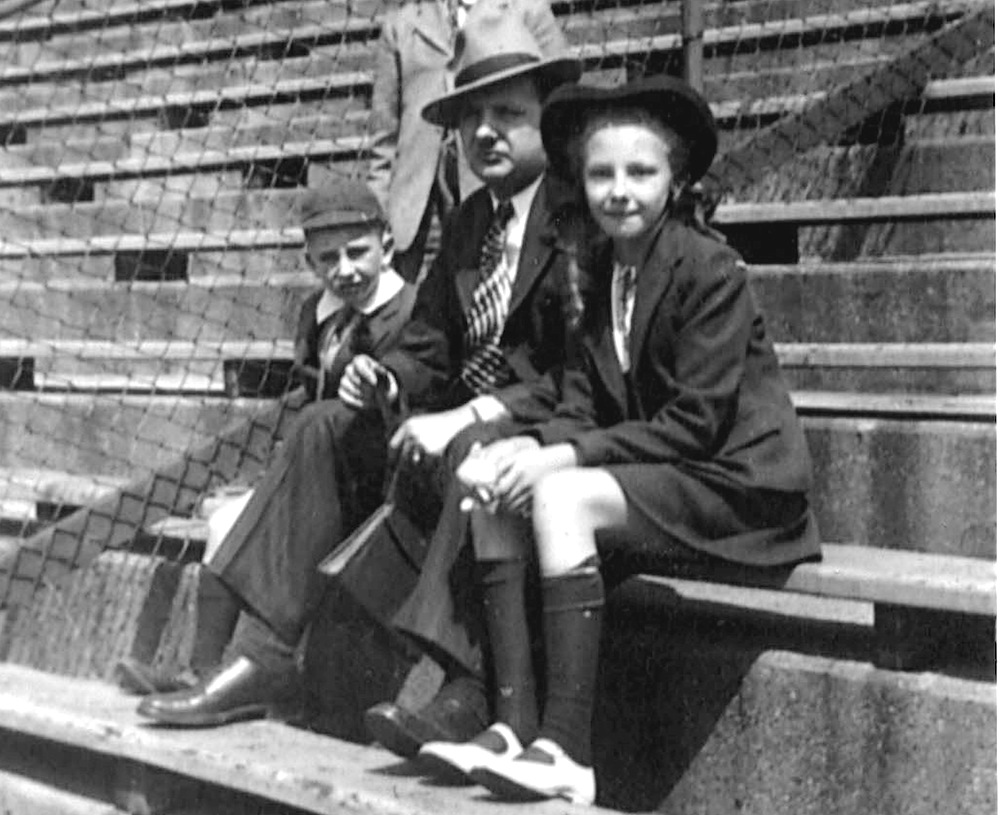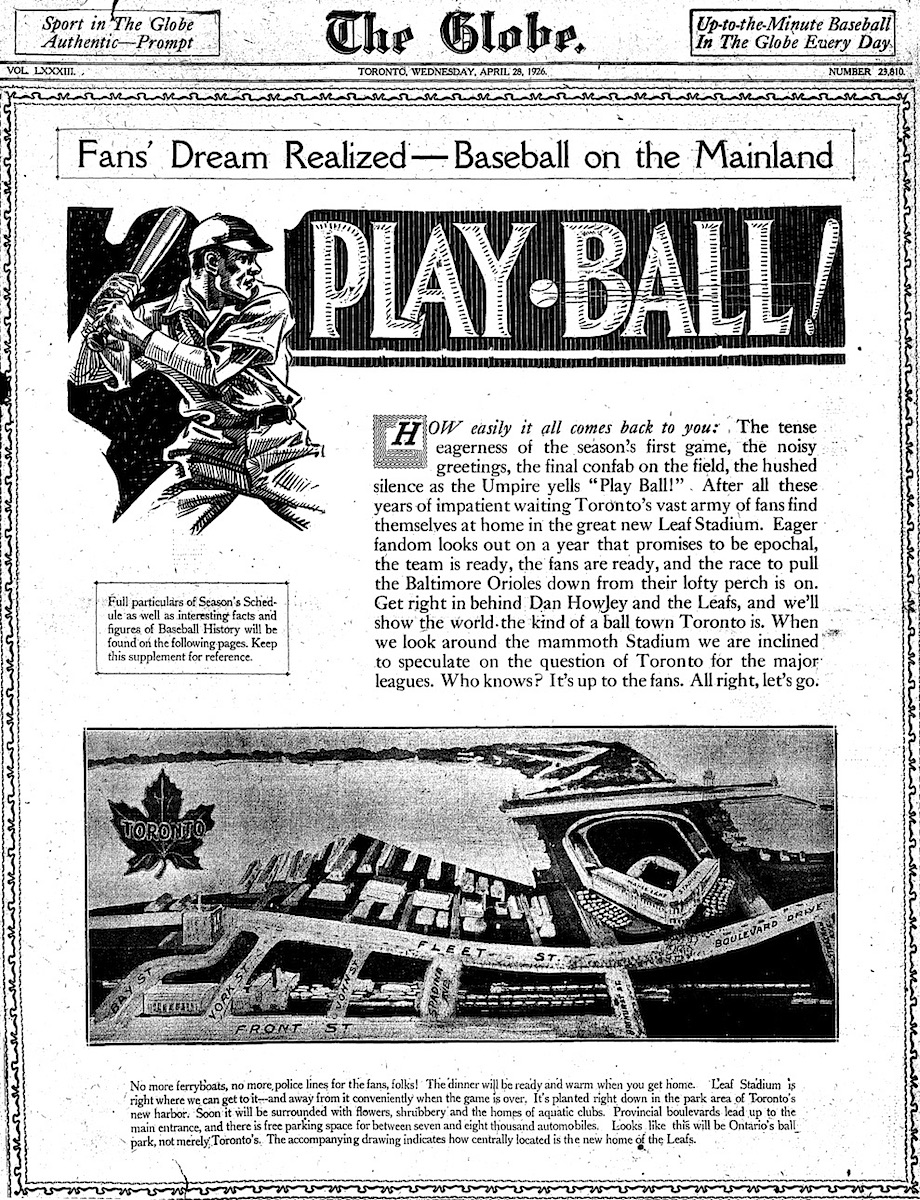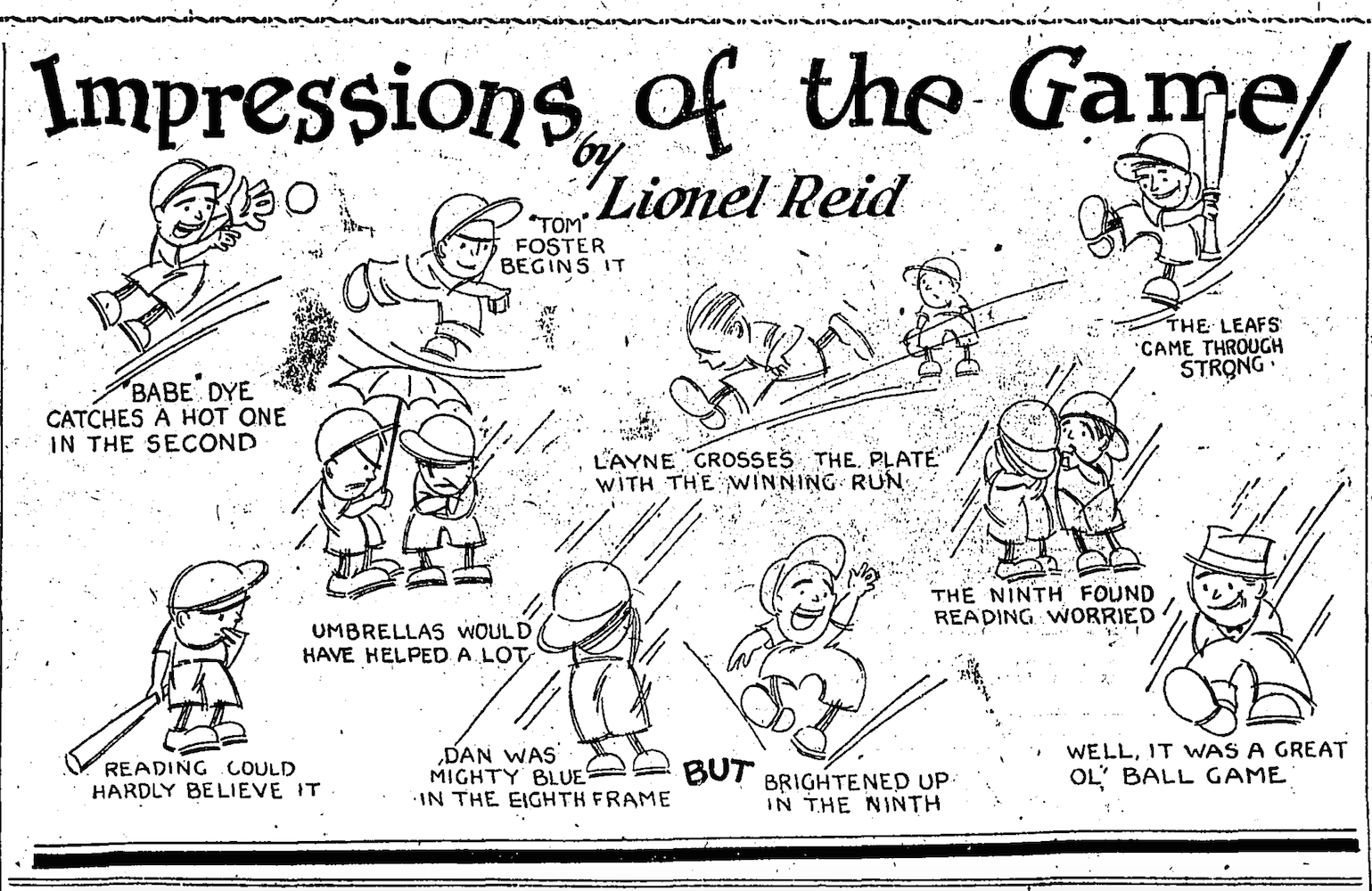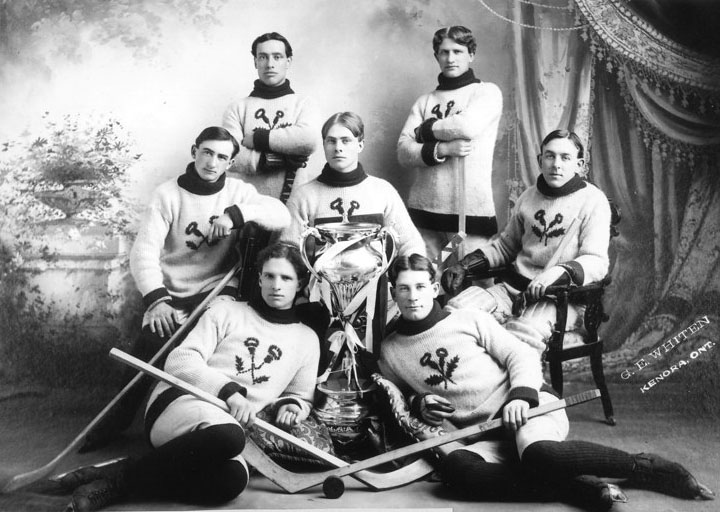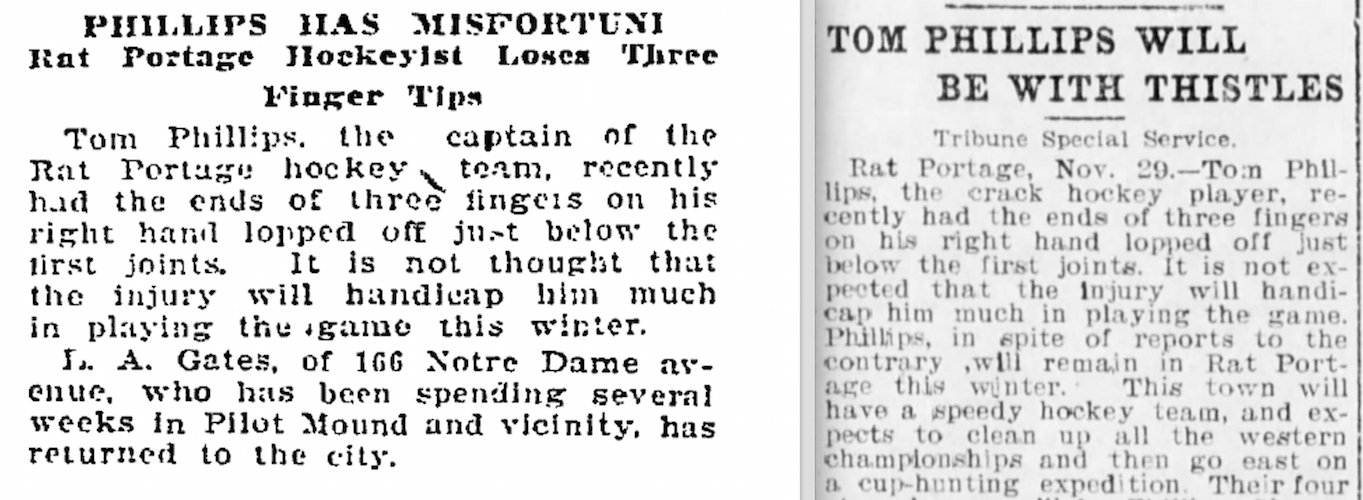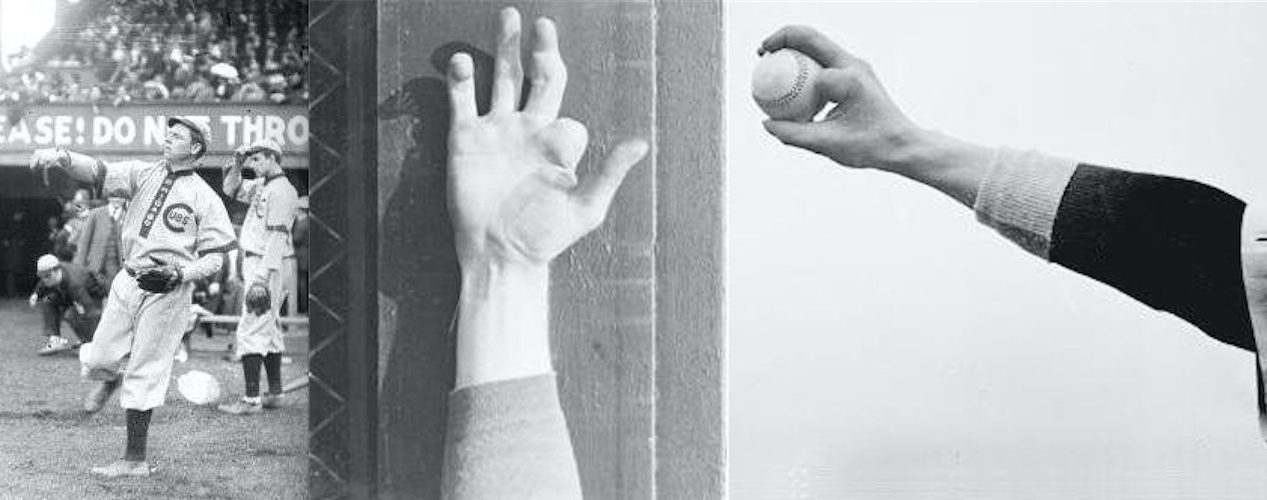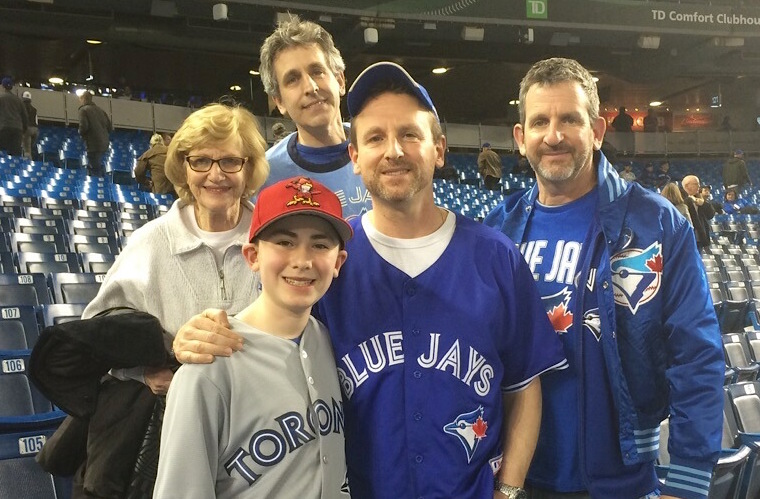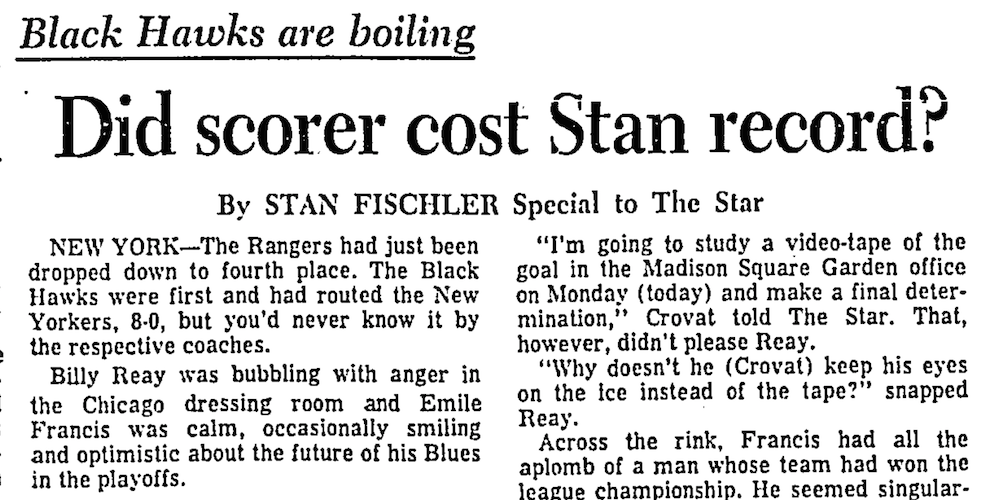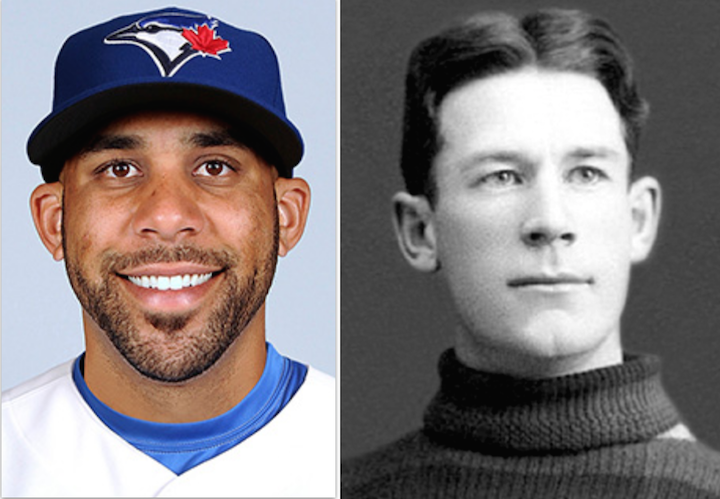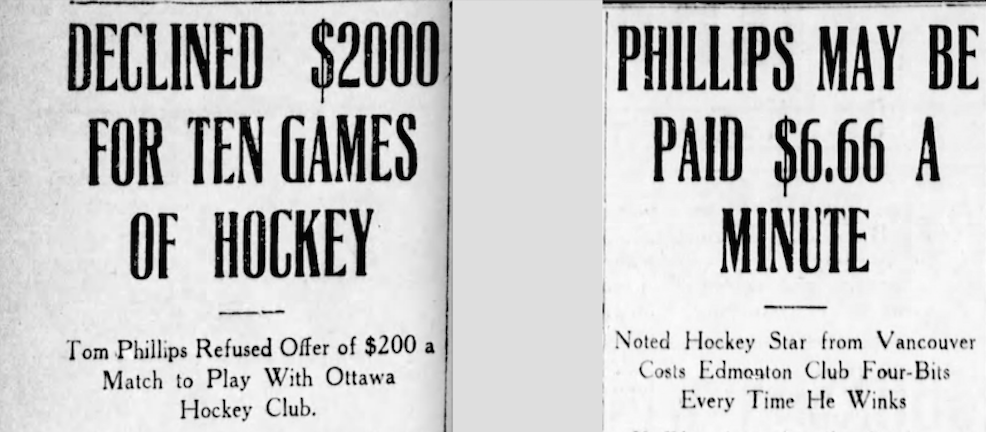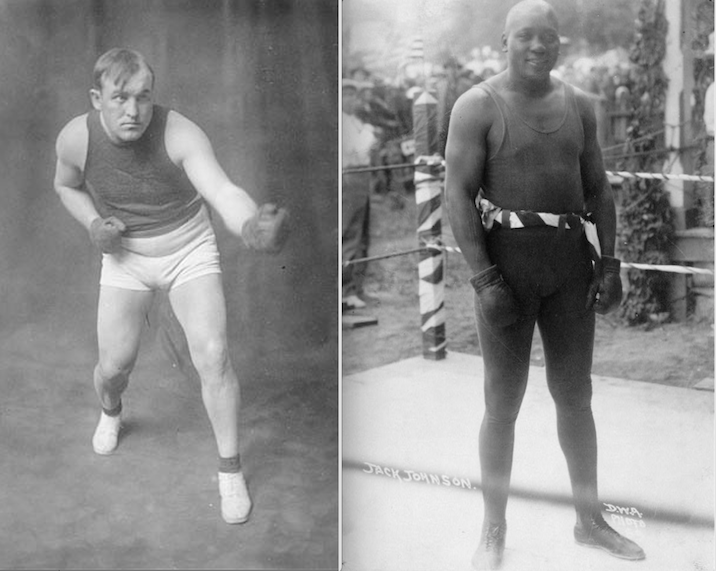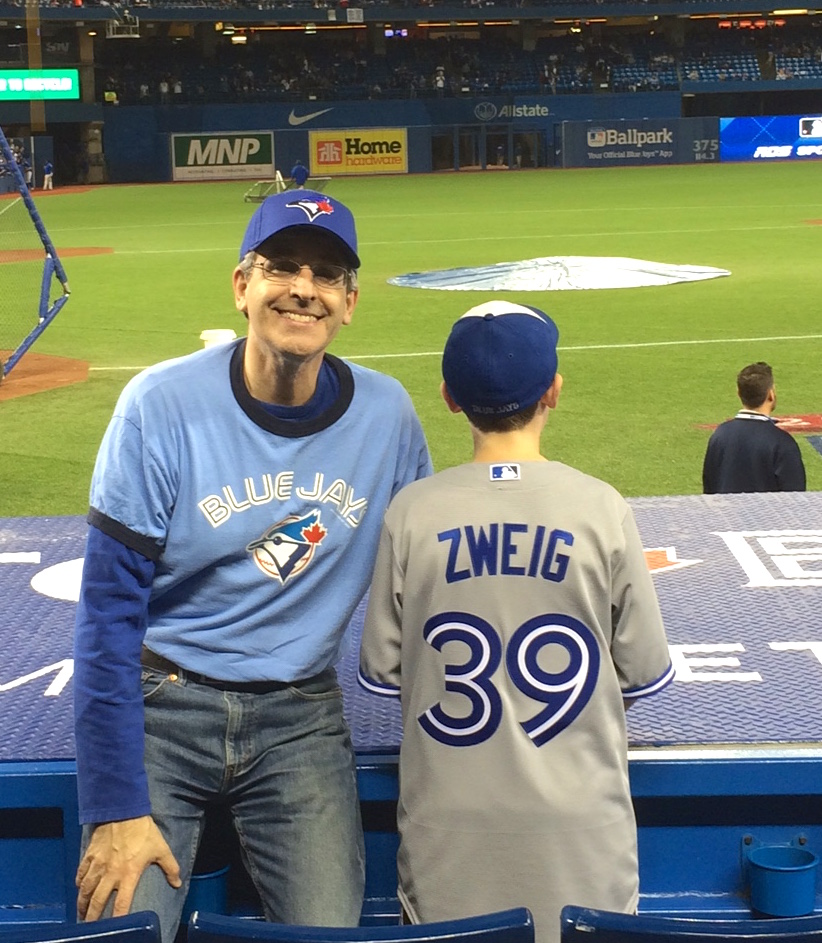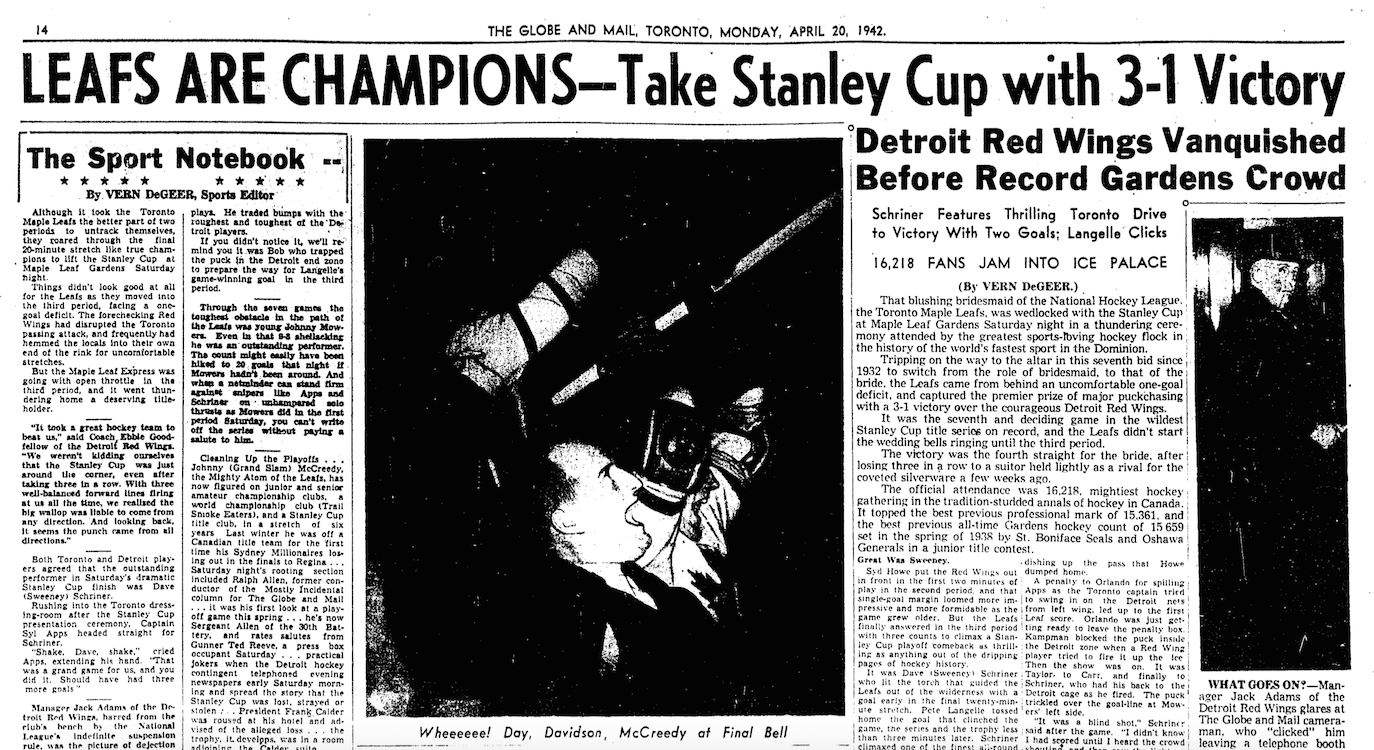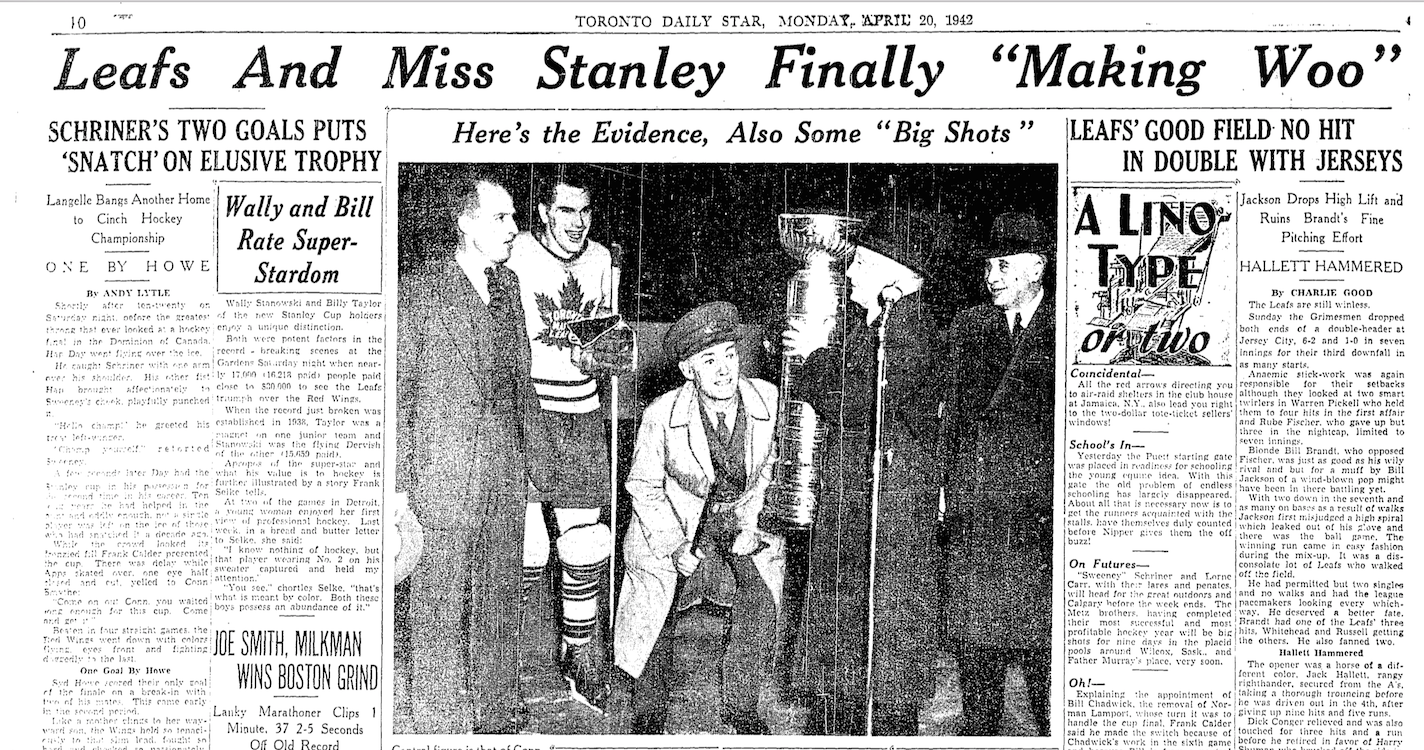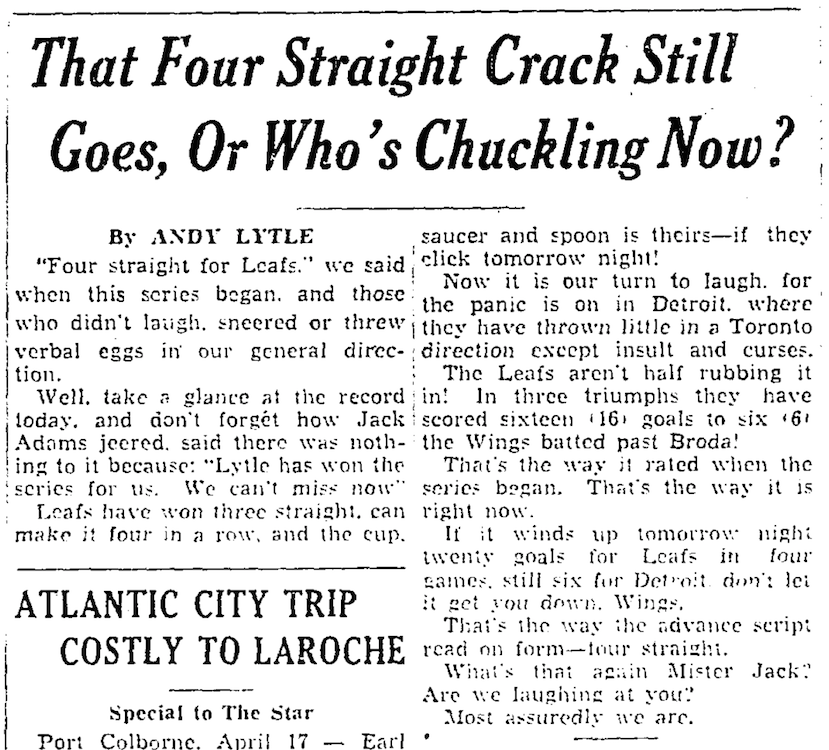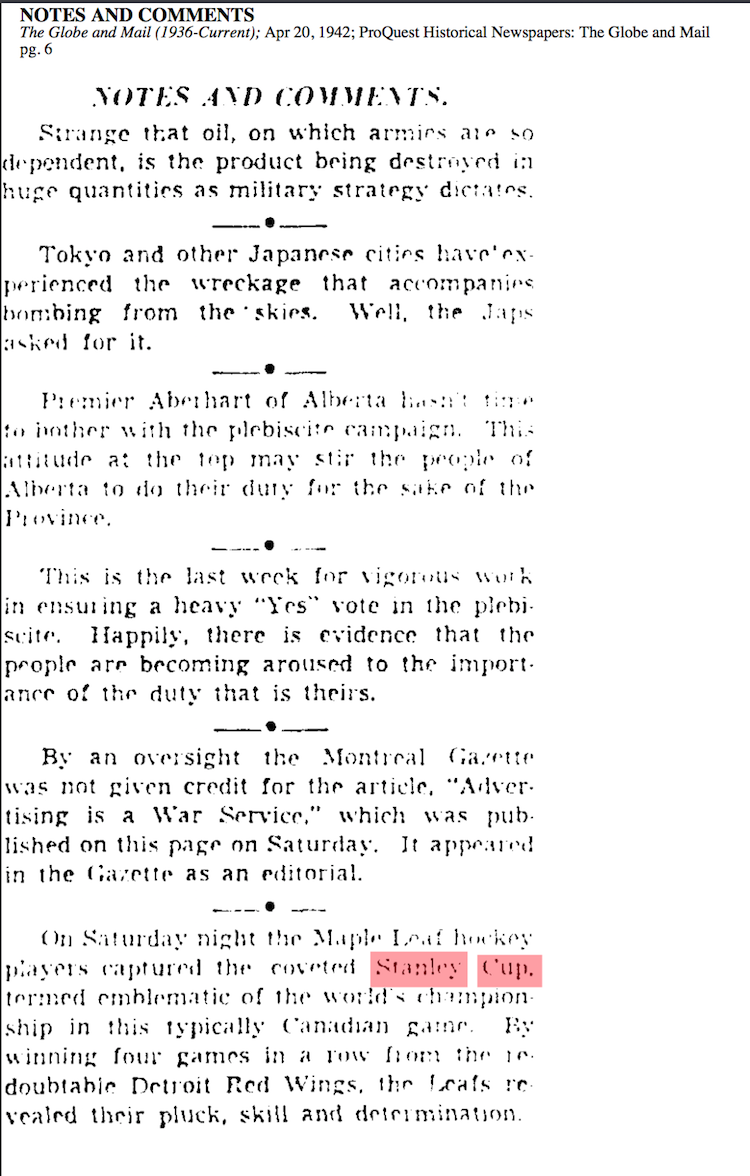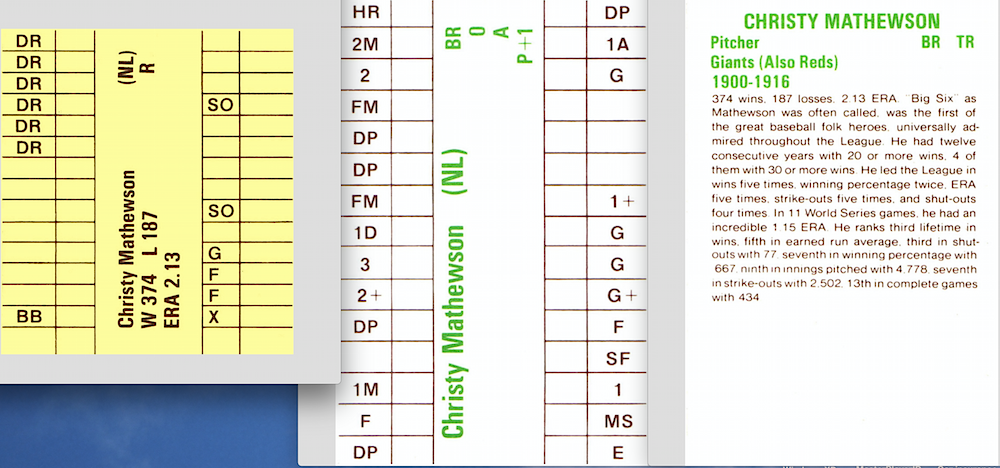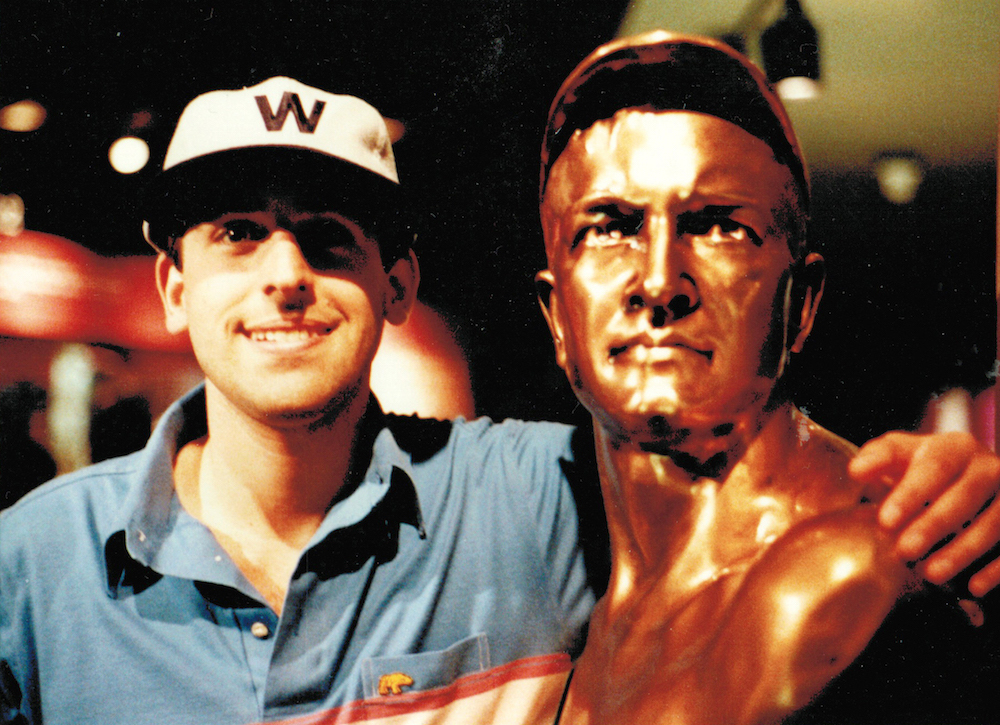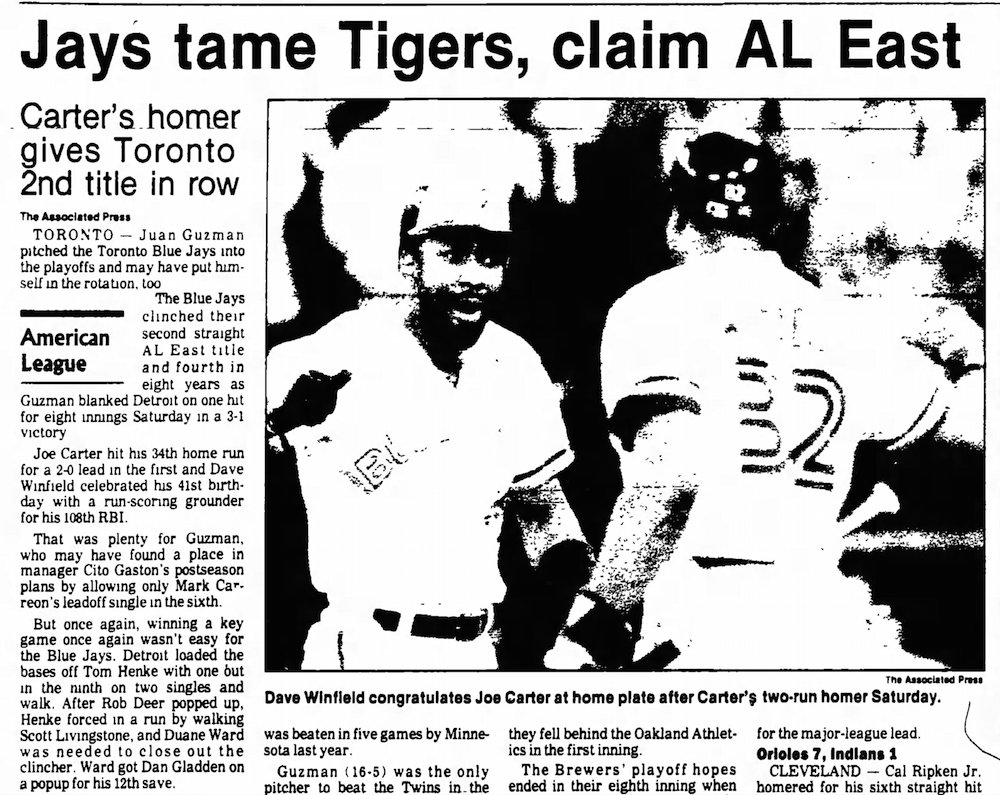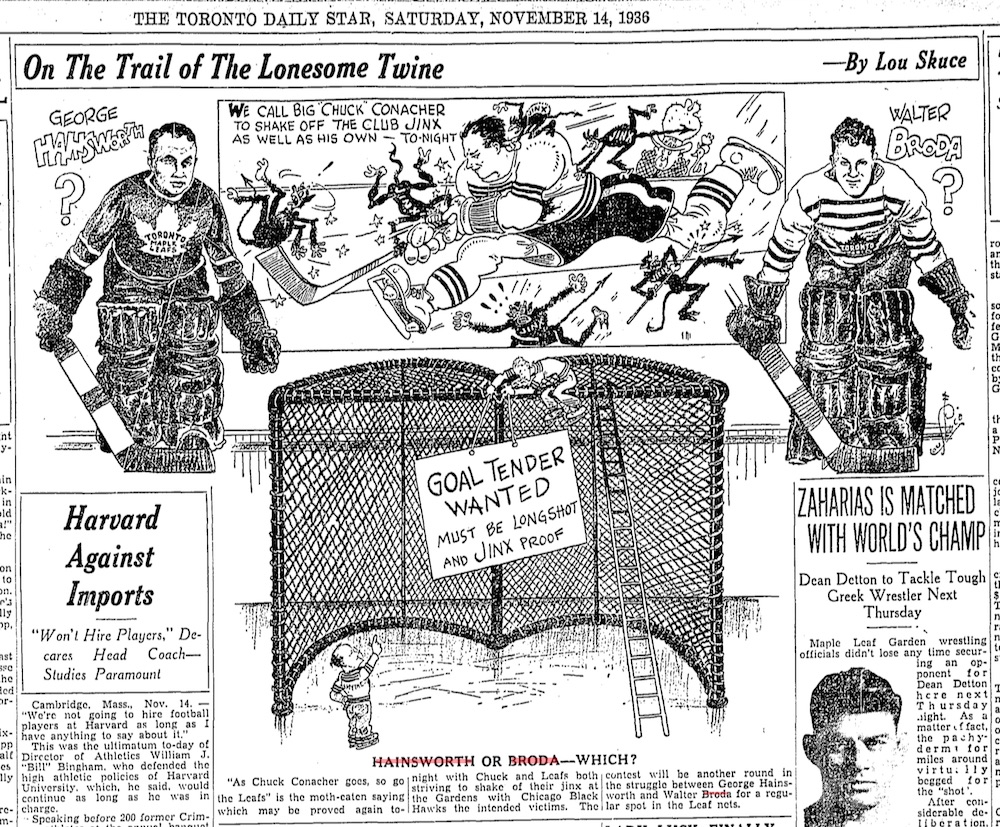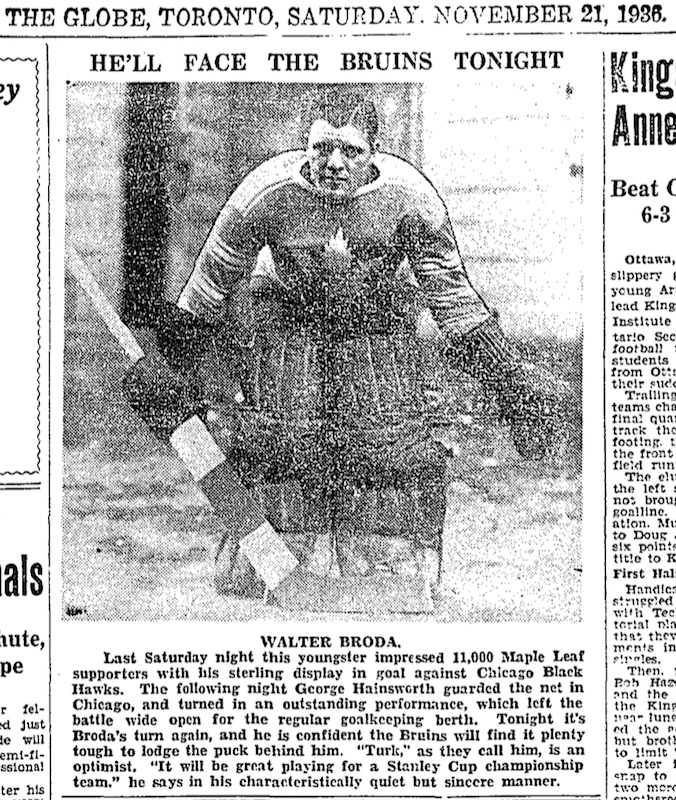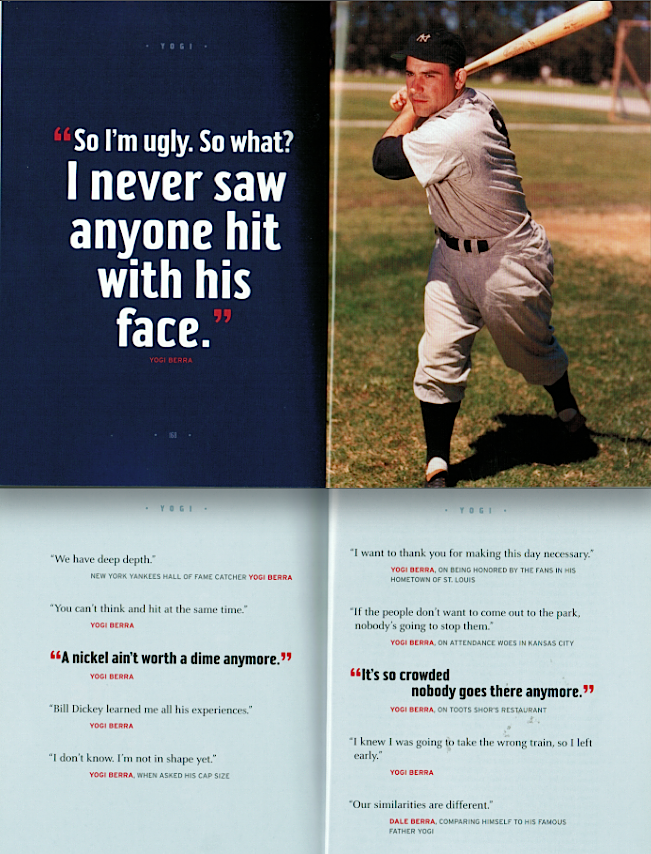Seventy-five years ago this summer, Major League Baseball witnessed two extraordinary feats. Ted Williams (who was in only his third season, and didn’t turn 23 until August 30) became the last player to hit .400, while Joe DiMaggio (in his sixth season and 26 years old) set a record that is unlikely to be broken with his 56-game hitting streak.
On this day, July 13, 1941, (a Sunday) DiMaggio got hits in both halves of a double header, collecting three hits in the opener and one in the night cap, as the New York Yankees swept the White Sox in Chicago. A crowd of 50,387 – the largest at Comisky Park in six years – saw The Yankee Clipper run his streak to 53 games. He was batting .369 for the season.

The Red Sox also played a double header that day, but Ted Williams wasn’t in the lineup. He’d injured his ankle in Detroit the day before, and missed the twinbill in Cleveland. Williams was actually slumping at the time.
Having gone above .400 on May 25, and reaching a high of .436 on June 6, The Splendid Splinter needed four hits in eight a bats in a doubleheader on July 6 to reach the All-Star break still above .400 at .405. Two days later, he hit a dramatic three-run home run with two out in the bottom of the ninth to give the American League a 7-5 victory over the National League in the All-Star Game at Detroit.
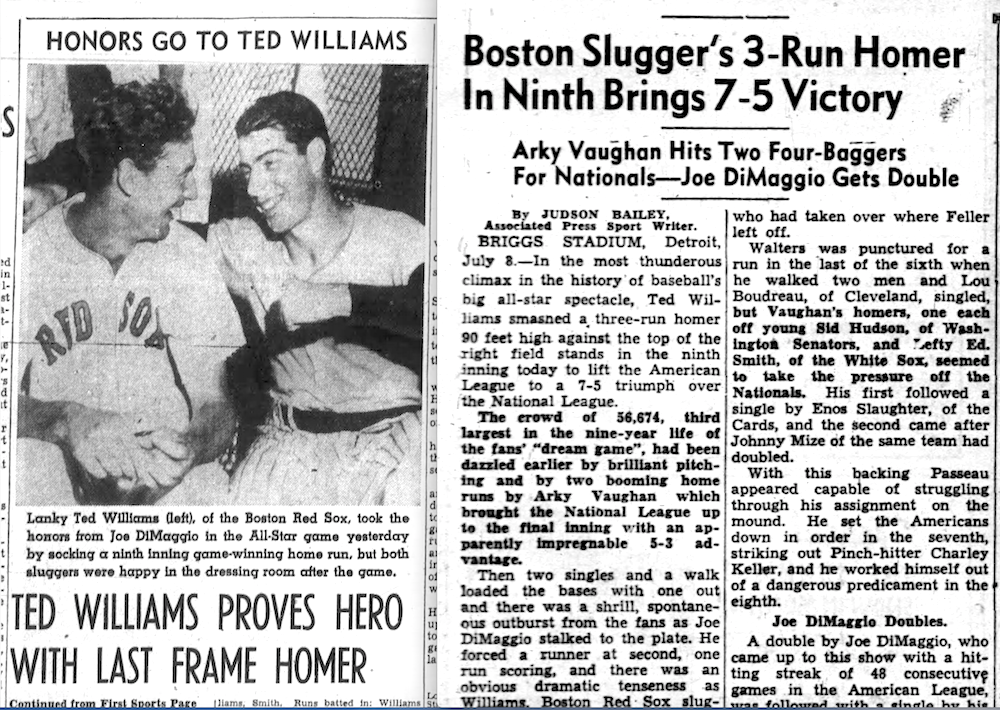
Coming off of that high, Williams went 0-for-4 in a 10-2 Red Sox victory over the Tigers when the season resumed on July 11. That dropped his average to .398. He fell to .397 after going 0-for-1 on July 12 … although he did draw three walks in that one.
The ankle injury he suffered that day kept Williams sidelined until July 16, when he went 0-for-1 as a pinch hitter. Then he sat again until July 19, when he pinch hit in both halves of a doubleheader, going 0-for-1 with a walk and watching his average fall to .393. That was as low as he would go. After singling as a pinch hitter on July 20, Williams returned to the Red Sox outfield on July 22. He had seven hits in 15 at-bats over the next four games to get back to .400 on July 25.

Williams never fell below .400 again, famously entering the final day of the season on September 28, 1941, with a .39955 average but refusing to sit out to protect a mark that would have rounded up to .400. He had six hits in eight at-bats in a doubleheader against the Philadelphia A’s that day and ended the season at .406.
Ted Williams also led the AL with 37 home runs in 1941, while his 120 RBIs ranked him fourth. DiMaggio finished the season third in batting at .357, fourth in homers with 30, and first in RBIs with 125. The Yankees finished the season in first place with a record of 101-53, which had them 17 games ahead of the Red Sox, who were second at 84-70. DiMaggio edged out Williams in MVP voting (the second of three times he’d win the award in his career), and the Yankees went on to beat the Brooklyn Dodgers to win the World Series.
